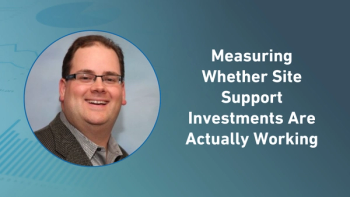
Linkedin, and More: How to Present Yourself Online
Gone are the days where people answered newspaper want ads, or snail mailed their resume to prospective employers. Today, companies communicate with job candidates primarily through the Internet, and some even go a step further by researching potential employees by analyzing LinkedIn profiles and other information that may pop up during a Google search. Although this idea may make you cringe, job seekers can actually use the Internet to improve their job search and make themselves more appealing.
One way to do this is by creating an account on LinkedIn, a social network for professionals. Angela Roberts, Head of Recruiting Operations at
“Every response to discussion threads is there forever. Don’t get caught up in a situation which doesn’t show you in a professional light,” Roberts warns.
Angela Lucas, Senior Clinical Team Lead and Recruiter at
And when corresponding with the recruiter themselves online, Lucas notes candidates should engage with recruiters about how their experiences directly correspond with the position vs. salary questions.
“Just e-mailing back and forth is not a true expression of interest,” Lucas explained. “Depending on the questions or response, it can come off as a waste of time and not an appearance of a true level of interest.”
Newsletter
Stay current in clinical research with Applied Clinical Trials, providing expert insights, regulatory updates, and practical strategies for successful clinical trial design and execution.




